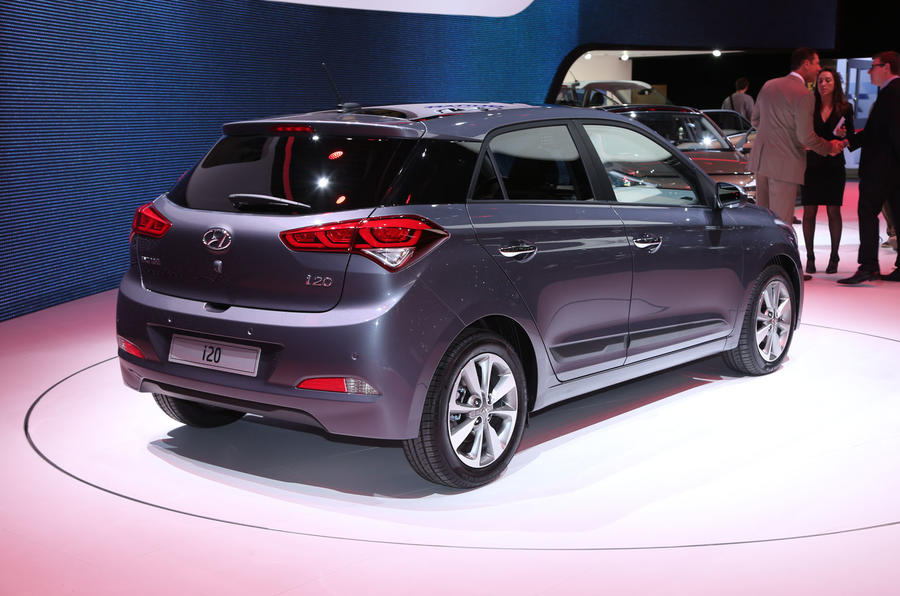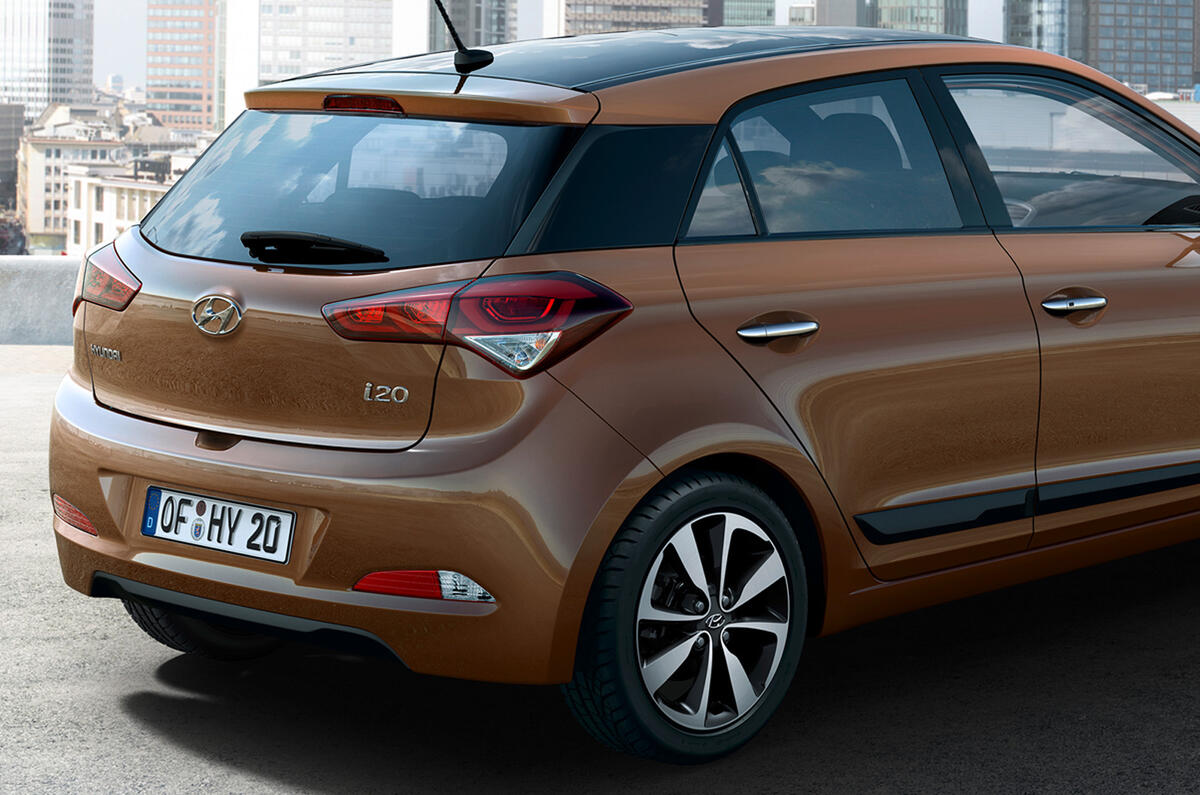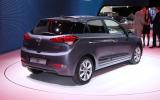The second-generation Hyundai i20 has opened for orders, with prices starting at £10,695.
First unveiled at the Paris motor show in October, the new i20 is a rival to the ever-popular Ford Fiesta, as well as the new Skoda Fabia and Mazda 2. It will arrive in UK showrooms in early 2015.
Hyundai's all-new hatchback will initially be offered in five-door form with a choice of petrol or diesel engines, with a three-door version due to join the range later.
Key revisions include new exterior and interior styling, an improved range of equipment, more interior space and reputed notable improvements in refinement and finish.
The i20 is currently Hyundai's second-best selling model in its UK line-up; more than 73,000 have been sold since the car was launched in 2009. The i20 has also played a strong part in helping Hyundai to achieve almost one million European B-segment sales since 2002, when it entered the market with the Getz.
Ford's Fiesta is an indomitable force in this segment, however, so Hyundai has consequently looked to make the i20 more appealing in its second generation.
The car's interior and exterior make use of Hyundai's 'Fluidic Sculpture 2.0' styling language, and take cues from more recent models like the i10, resulting in a more modern and distinctive look.
Exterior design features include a low-slung version of Hyundai's now-familiar hexagonal grille and a gloss black C-pillar that creates the impression of a semi-floating roof.
Underpinning the i20 is a new platform that features a 45mm longer wheelbase than the previous model, helping boost interior space. This, coupled with a reworked interior layout, is reputed to allow the i20 to seat five adults in comfort.
A 326-litre boot is offered, 36 more than that offered by the likes of the Ford Fiesta, further bolstering the i20's claimed spaciousness and practicality.
Compared with the previous model, front-seat occupants enjoy 33mm greater headroom at 1038mm, 24mm more legroom at 1098mm, a 6mm increase in the hip room to 1301mm) and 15mm more shoulder space at 1365mm.
Additional legroom was created in the front by raising the height of the dashboard and moving the glovebox and surrounding components forward - made possible due to the longer bonnet.
In the rear, headroom is 978mm, legroom is 794mm and shoulder room is 1350mm, allowing, says Hyundai three adults to be seated in comfort.
Luggage space in the boot has been increased from 295 litres in the current car to 326 litres, which the manufacturer says is a class-leading figure. The rear bench can be folded fully flat to expand luggage capacity to 1042 litres. A two-stage luggage floorboard can be moved up or down to conceal items.

































Join the debate
Add your comment
Hyundai i20
I like this
Weird
What a complete waste of everyone's time. Was it really worth all that development to make 9hp and 0 torques?....FFS
Why bother with the 74hp unit?